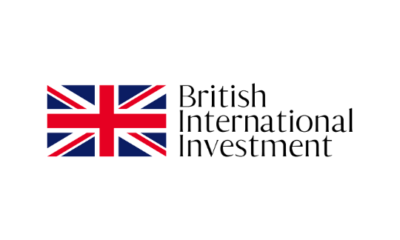- U.K. Industry Posts Better End to 2016 Than First Estimated
U.K. industrial production rose in December as manufacturing jumped, capping a better-than-estimated performance in the fourth quarter.
The 1.1 percent gain from November exceeded the forecasts of economists in a Bloomberg survey. It means output rose 0.3 percent in the final three months of 2016, rather than being unchanged as previously estimated, the Office for National Statistics said Friday. On a year-on-year basis, production jumped 4.3 percent in December, the most in six years.
The revision to total industrial production in the fourth quarter will add 0.04 percentage point to GDP during the period, the ONS said. That, together with a modest upward revision to construction output, points to growth of 0.7 percent rather than the 0.6 percent estimated last month, according to economists at Barclays.
Separate figures showed construction rose 0.2 percent in the quarter, more than 0.1 percent gain estimated in GDP data last month, and the trade deficit narrowed — suggesting net trade made a rare contribution to growth in the period.
The figures will nonetheless do little to ease concerns that U.K. economy remains too dependent on services and consumer spending for growth. That trend may prove unsustainable as household incomes come under pressure from accelerating inflation. The growth in manufacturing in December was also driven by an almost 10 percent surge in pharmaceuticals, which the statistics office said is “highly erratic.”
The U.K. has proved unexpectedly resilient since the June vote to leave the European Union, and recent surveys suggest the economy maintained a reasonable pace of growth in January. Costs are the biggest concern for many companies, as the falling pound drives up the price of imported raw materials. The pound was at $1.2448 as of 12:10 p.m. London time, down 0.4 percent on the day.
Factory Gains
Manufacturing jumped 2.1 percent in December from November, with nine out of 13 subsectors posting increases. In addition to pharmaceuticals, metals saw the strongest gains. Oil and gas output fell 1.1 percent.
Construction output rose 1.8 percent in December, driven by housebuilding and private commercial work. With the sector accounting for less than 6 percent of GDP, the revision to the fourth quarter has a negligible impact on growth.
The goods-trade deficit narrowed to 10.9 billion pounds from 11.6 billion pounds in November. Exports rose 4.4 percent and imports climbed 1.4 percent.
The deficit including services also narrowed, leaving the fourth-quarter shortfall at 8.6 billion pounds compared with 14.1 billion pounds in the third. The improvement was due to shipments of oil and aircraft to non-European Union countries and export sales of gold.
It suggests net trade contributed to growth for a second straight quarter. Still, while the pound’s decline since the Brexit vote should help export competitiveness, ONS statistician Kate Davies said there’s “little evidence” that it’s had an effect on the trade balance.


 Forex2 weeks ago
Forex2 weeks ago


 Naira2 weeks ago
Naira2 weeks ago
 Naira4 weeks ago
Naira4 weeks ago
 Company News4 weeks ago
Company News4 weeks ago
 Billionaire Watch1 week ago
Billionaire Watch1 week ago




 Naira2 weeks ago
Naira2 weeks ago




 Naira4 weeks ago
Naira4 weeks ago




 Naira1 week ago
Naira1 week ago





















